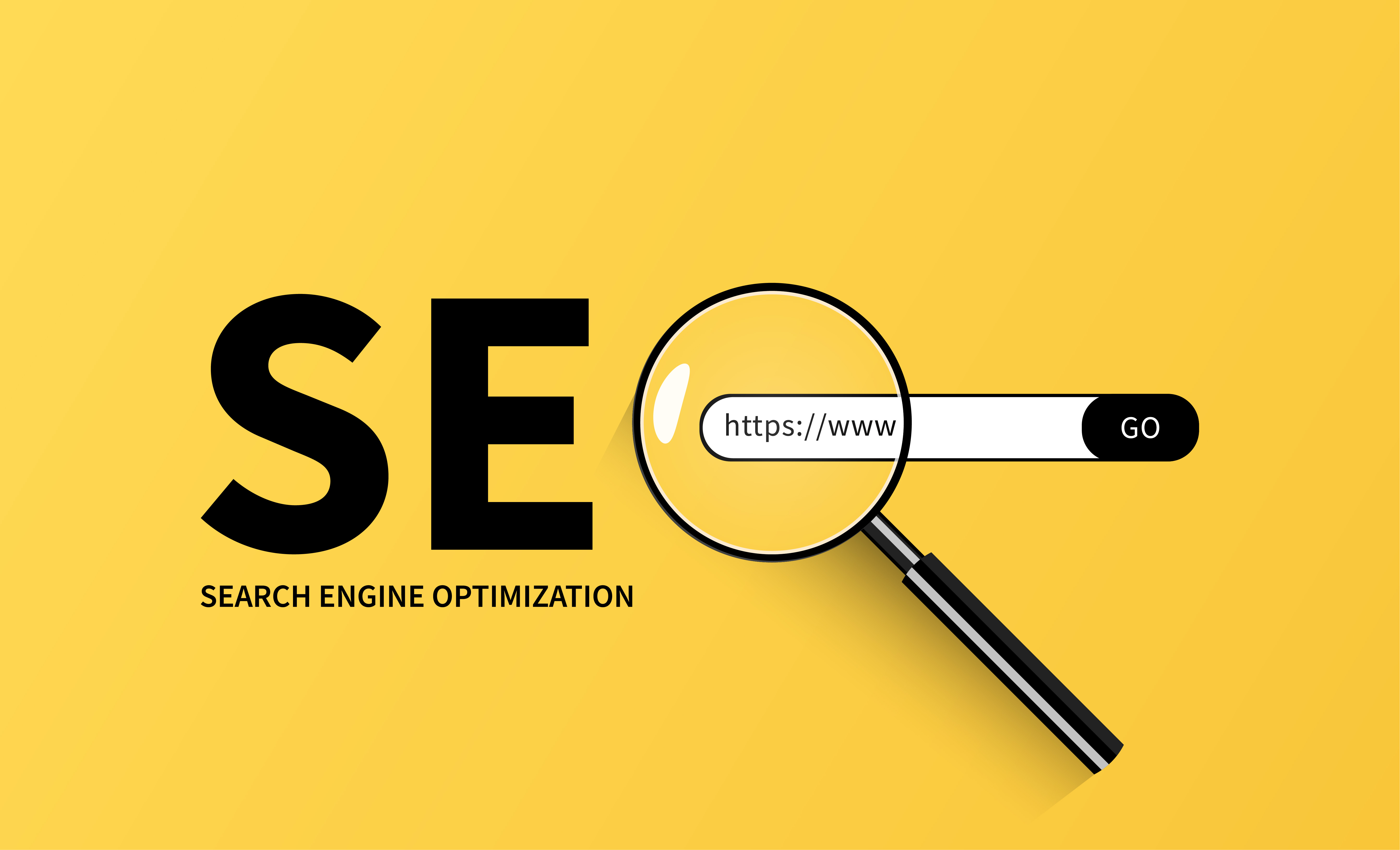Search Engine Optimization (SEO) Marketing Guide
What is Search Engine Optimization (SEO)?
SEO stands for Search Engine Optimization. It means making your website easier to find on Google and other search engines. Imagine putting a bright, clear sign on your store so people can see it from far away. SEO is like that sign, helping your website show up higher in search results when people look for what you offer.

How Does SEO Work? Understanding SEO Marketing
Search engines like Google have special robots called crawlers. They visit websites and read everything on the page. These robots check things like:
– The words you use (keywords)
– How fast your website loads
– If your website works well on phones and tablets
SEO marketing means improving these things so search engines rank your site higher, making it easier for people to find you online.
Types of SEO: On-Page, Off-Page, and Technical SEO
There are three main kinds of SEO:
| SEO Type | What it Means | Example |
| On-Page SEO | Changes you make on your website itself | Using keywords in titles |
| Off-Page SEO | Actions outside your website | Getting links from other sites |
| Technical SEO | Making your site easy to read for robots | Fast loading, mobile-friendly |
Why SEO Marketing Matters for Your Business
When your website ranks higher on Google, more people see it. This means:
– More visitors to your site
– More chances to get customers
– Free promotion every time someone searches for your services
Keyword Research Strategies for SEO Marketing
Keywords are the words and phrases people type into Google. To get noticed, use popular keywords your audience searches for, but don’t overuse them. Use tools like Google Keyword Planner to find the best keywords.
Creating SEO-Optimized Content for Better Rankings
Good content should:
– Answer your visitors’ questions
– Use keywords naturally
– Be easy to read with short sentences and clear points
Search engines reward useful and reader-friendly content.
SEO-Friendly URL Structure and Its Impact on Rankings
Your URL is the web address people see (like www.trippyvaayu.com/seo-tips). Keep URLs short, include keywords, and avoid weird numbers or symbols.
Technical SEO Essentials for Higher Rankings
Make sure your website is:
– Mobile friendly — works well on phones and tablets
– Fast loading — pages open quickly
– Secure — uses HTTPS for safety
– Easy to navigate — simple structure for visitors and search engines
Link Building and Off-Page SEO Marketing Techniques
Links from other websites to yours (backlinks) tell Google your site is trustworthy. Build backlinks by:
– Writing helpful blog posts
– Working with popular bloggers or influencers
– Being active and sharing on social media
Local SEO Marketing: Boost Your Business Visibility
If you have a local business, do this:
– List your business on Google Maps
– Use your city or neighborhood in keywords (like “best bakery in Mumbai”)
– Collect positive online reviews
Measuring SEO Marketing Success: KPIs and Analytics
To check if your SEO is working, track:
– How many people visit your site
– Your rank on Google for key searches
– How many visitors become customers
Common SEO Marketing Mistakes to Avoid
– Using too many keywords (called keyword stuffing)
– Copying content from other websites
– Not making your site mobile friendly
– Having slow-loading pages
Future Trends in SEO Marketing for 2025 and Beyond
– More people using voice search (Google Assistant, Siri)
– Using artificial intelligence (AI) to improve SEO content
– Search engines focusing on helpful, user-friendly content
Frequently Asked Questions (FAQ)
Q1: What is SEO marketing?
SEO marketing means improving your website so it shows up higher on search engines like Google
Q2: How long does SEO take to show results?
Usually, it takes about 3 to 6 months to see noticeable changes.
Q3: Is SEO better than paid ads?
SEO brings free long-term traffic, while ads bring quicker results but cost money.
Q4: Can SEO help local businesses?
Yes! Local SEO helps people near you find your business easily.
